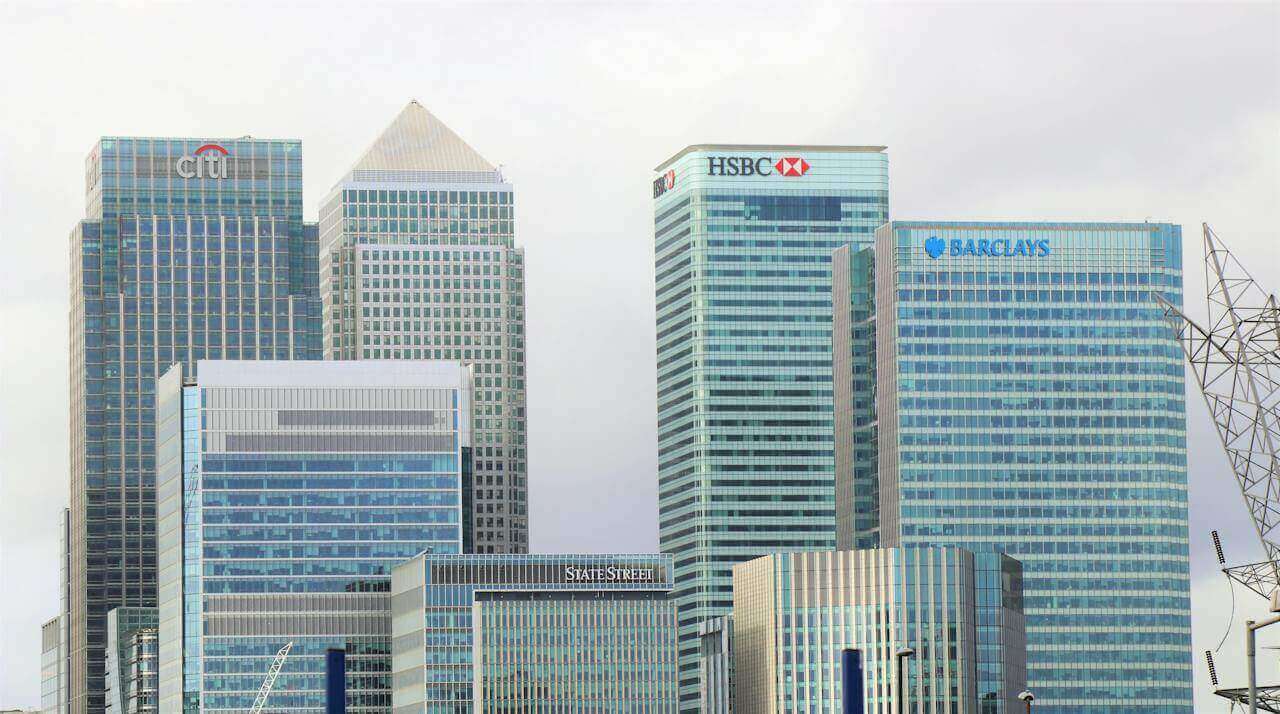A rent a bank loan allows companies to offer high interest loans in states where payday lending is forbidden, by renting out a bank’s charter. In states such as Maryland, Illinois and New York, there is a price cap for personal loans whereby the interest rate cannot exceed 36% APR. This is designed to protect lower incomes from falling into payday traps and being dependent on high cost credit.
However, for those looking to borrow $300 for emergencies or apply for a $500 loan for an important expense, companies in banned states can still offer personal and payday loans with interest rates for 150% or 250% APR, using the license and charter of well-known American banks, which is effectively a legal loophole.
Other loopholes include using the licenses or partnering up with Native American Tribes, to be able to offer high cost loans which may otherwise be hard to get a license for.
What is a Rent a Bank Scheme?
Across the US, there are state laws on how much usury can be charged for a personal loan. Payday lending is legal in 37 states, which allows people to charge 200% or 400% APR depending on the state they are based in. In the other states, there is a cap of 36% APR which the rate cannot exceed, designed to protect borrowers from the perils of high cost lending.
With a rent a bank scheme, a budding fintech company can partner up with a well-known bank such as Santander or Wells Fargo to offer store loans or payday loans online. National banks are given exceptions to offering above the 36% APR rate, see below. For commercial companies looking to offer personal loans or payday loans at higher rates, the opportunity to partner with a bank is very appealing, although this means giving customers high cost loans and potentially putting them at risk if they are unable to repay them, especially if their US state put rules into place to avoid this initially.
Are Rent a Bank Loans Harmful?
Not necessarily. If a customer applies for a loan of $1,000 or $2,000 from a Rent a Bank Loan and is able to repay it on time, there are no penalties, late fees or impact to their credit score. If the person needed the money for an emergency, this is therefore an effective way to borrow money and there is no harm involved, except the loan came at a higher interest rate than the State allowed for.
However, this type of loan can be harmful if not used appropriately. It is known that around 20% of payday loans are not repaid on time and the role of rollovers and extensions can make a simple loan very expensive, especially for those people who are living pay cheque to pay cheque and deemed the most vulnerable in society.
Some US states argue that Rent a Bank Loans are harmful, because they are a loophole to charging customers higher rates, when laws have been put into place to keep them away from high cost lending.
As a consumer, you should always consider the risks when taking out any loan and this includes:
- Shopping around for the best prices
- Considering cheaper alternatives
- Always making sure that you can afford your loan and will not fall into debt
- Avoid taking out additional loans on top and falling into a debt spiral
What Alternatives Are There To High Cost Loans?
There are a number of very cost-effective alternatives to taking out a loan which is higher than 36% APR or falling for a Rent a Bank loan scheme. This includes:
Credit Unions
Credit unions offer very low cost loans for their members and being a longer term member could give you access to APRs of just 7% or 8% when you need a loan. There are around 5,000 credit unions in the USA and these non-profit organisations offer superb rates and various financial products for their members.
Co-Signer Loans
If you have someone who can act as your co-signer, this can add extra security to your loan and help bring the price down. Whether you need to borrow $1,000 or $50,000, the use of a co-signer can help those with poor credit to access funds that might have not been accessible. You just need to make sure that you can repay your loan, or the other co-signer will be required to cover the costs for you and this can be awkward.
Borrowing From Family and Friends
One of the oldest and most popular forms of borrowing. Asking for money from family and friends can sometimes be uncomfortable, but if you have an emergency, it can be the quickest way to get cash, especially if it is a loved one who wants to help. You will usually access money from parents or siblings completely interest-free. Just be sure that you have some clear expectations in terms of repaying them, otherwise it can lead to bad energy.




